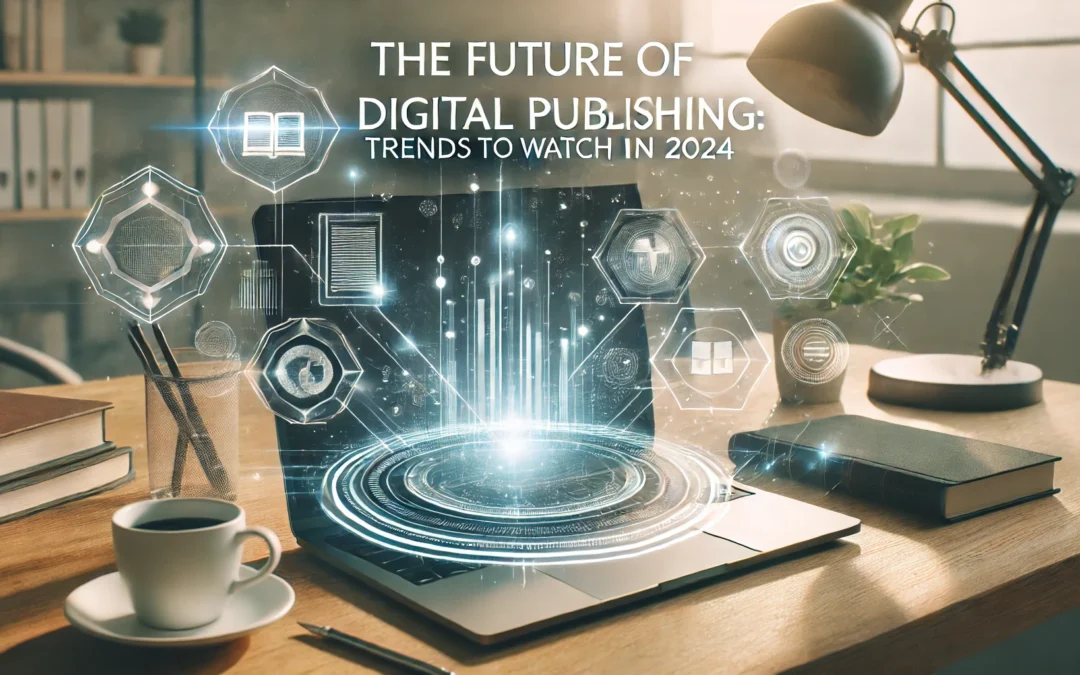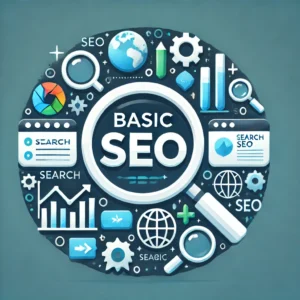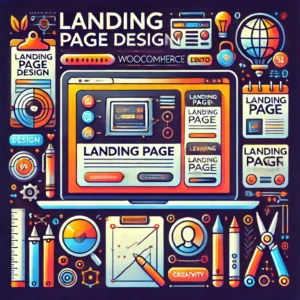
The Future of Digital Publishing: Trends to Watch in 2024
Introduction
The Future of Digital Publishing: Trends to Watch in 2024
The digital publishing industry has experienced tremendous growth and transformation in recent years. With advances in technology and shifting consumer behaviors, digital publishing in 2024 is set to evolve even further, offering exciting opportunities for authors, content creators, and publishers. From AI-powered tools to immersive reading experiences, the future of digital publishing will be shaped by innovative trends that expand the ways we create, distribute, and engage with content. Here, we’ll dive into the top trends to watch in 2024 and explore how they’re redefining the digital publishing landscape.
1. Artificial Intelligence (AI) in Content Creation and Curation
AI technology has been making waves across industries, and digital publishing is no exception. In 2024, AI-powered tools are set to play a more significant role in content creation, editing, and personalization.
- Automated Content Creation: AI-powered writing tools like ChatGPT and Jasper AI are enabling creators to generate content more efficiently. Authors and publishers are using these tools to draft, brainstorm ideas, and even create summaries, which helps speed up the publishing process.
- Enhanced Editing and Proofreading: Tools like Grammarly and ProWritingAid offer advanced editing assistance, suggesting style improvements, readability adjustments, and grammar fixes. In 2024, expect AI to become even more intuitive, helping writers enhance their tone and voice while maintaining consistency.
- Personalized Content Recommendations: AI can analyze readers’ preferences and behaviors to recommend personalized content, creating a more engaging experience. For publishers, this means higher engagement and potentially increased sales.
Impact: AI is empowering creators to work faster and more effectively while allowing publishers to deliver tailored content that aligns with readers’ unique interests.
2. Immersive Content: Augmented Reality (AR) and Virtual Reality (VR)
Augmented and virtual reality are bringing immersive experiences to digital publishing, particularly in fields like education, entertainment, and interactive storytelling.
- AR in E-Books: Augmented reality can add interactive layers to e-books, such as 3D models, animations, or embedded videos. Imagine reading a travel guide with AR elements that let you “see” famous landmarks or historical scenes in real-time.
- VR for Enhanced Storytelling: Virtual reality offers immersive environments where readers can “step into” the story. VR can enhance genres like fantasy or historical fiction by providing an interactive environment where readers can experience the setting.
- Educational Content: AR and VR are particularly impactful in educational publishing. Medical or scientific textbooks with AR elements, for instance, can show 3D models of organs or molecular structures, making complex topics easier to understand.
Impact: By offering richer, more interactive experiences, AR and VR are transforming digital content into an engaging, sensory experience that appeals to modern readers.
3. Subscription-Based Models and Digital Libraries
The demand for subscription-based content and access to vast libraries of digital materials is growing. As more readers shift toward affordable, all-access options, digital publishers are adapting their business models.
- Digital Libraries: Platforms like Kindle Unlimited and Scribd offer subscription-based access to vast e-book libraries. These services give readers a cost-effective way to access books without purchasing them individually, and they’re expected to become even more popular in 2024.
- Platform-Based Subscription Services: Companies like Apple News+ and Medium are offering exclusive, subscription-based access to high-quality content. By providing curated selections of premium articles, these platforms appeal to readers willing to pay for valuable, ad-free content.
- Direct Subscription Models for Authors: Many independent authors are creating subscription services through platforms like Patreon, where readers can support them directly in exchange for exclusive content. This model allows for a closer relationship between author and audience.
Impact: Subscription models are providing readers with easy access to diverse content while offering authors and publishers a more predictable revenue stream.
4. Blockchain and NFTs in Publishing
Blockchain technology and NFTs (Non-Fungible Tokens) are revolutionizing digital publishing by introducing new ways to authenticate, distribute, and monetize content.
- Ownership Verification and Security: Blockchain allows authors to authenticate their work, providing proof of originality and authorship. This could help combat piracy and unauthorized distribution in digital publishing.
- NFTs for Exclusive Content: NFTs offer a way to create “limited edition” digital content. Authors and publishers can mint unique versions of e-books, artwork, or even exclusive chapters that fans can purchase as collectibles. These NFTs can also include perks, such as author interactions or exclusive access to future content.
- Decentralized Publishing Platforms: Blockchain can support decentralized platforms that give creators more control over distribution and monetization without relying on traditional publishers. This approach also allows for transparent royalty management.
Impact: Blockchain and NFTs open up exciting possibilities for ownership, exclusivity, and decentralized publishing, giving authors more control and new ways to engage their audience.
5. Interactive and Multimedia E-Books
Interactive e-books with multimedia elements are expected to rise in popularity, offering a more dynamic reading experience.
- Embedded Videos and Audio: Multimedia e-books can incorporate videos, music, and sound effects, making the reading experience more engaging. For instance, a business e-book could include video explanations, while a cookbook could feature recipe demonstration videos.
- Choose-Your-Own-Adventure: Interactive storytelling allows readers to make choices that affect the storyline. This trend, popular in digital novels and gaming, is now being incorporated into e-books, providing a personalized reading experience.
- Quizzes and Interactive Graphics: Educational e-books, particularly those for children, are adding quizzes, puzzles, and interactive graphics to engage young readers and make learning fun.
Impact: Multimedia e-books are redefining what it means to read, creating a dynamic experience that resonates with modern, tech-savvy audiences.
6. Sustainability and Eco-Friendly Publishing
The rise of environmental consciousness is driving digital publishers to adopt sustainable practices and appeal to eco-conscious consumers.
- Digital-Only and Paperless Publications: Digital-first publishing reduces the environmental impact of printing and distribution, a key consideration as readers become more environmentally aware.
- Carbon Offsetting Initiatives: Some digital publishers are offsetting their carbon footprint by investing in green projects or supporting renewable energy initiatives.
- Sustainable Partnerships: Publishers are aligning with eco-friendly companies and supporting sustainable practices throughout the content supply chain.
Impact: Embracing sustainable practices not only benefits the environment but also aligns publishers with the values of eco-conscious consumers, helping to build brand loyalty.
7. Data-Driven Publishing and Analytics
Data is increasingly important in understanding reader preferences and optimizing content.
- Reader Analytics: Publishers now have access to in-depth analytics on how readers interact with content, from reading time and engagement to abandonment rates. This data allows them to improve future publications based on actual user behavior.
- Personalized Reading Experiences: Using data insights, publishers can offer personalized recommendations or tailored content. For instance, e-book platforms can suggest similar books based on previous reading habits.
- Real-Time Feedback Loops: Data-driven feedback allows authors to see how readers respond to their content in real-time, enabling continuous improvements and targeted marketing strategies.
Impact: Analytics help publishers make data-informed decisions, improving reader engagement, retention, and content relevance.
8. Voice-Activated and Smart Speaker Integration
With the popularity of smart speakers, voice-activated content is becoming a new frontier in digital publishing.
- Audiobooks and Podcasts: Voice-enabled devices are driving demand for audiobooks and podcasts, with publishers creating audio content compatible with platforms like Alexa and Google Assistant.
- Voice-Activated Navigation: In the future, readers may navigate e-books and digital magazines hands-free, using voice commands to turn pages or search for topics.
- Interactive Audio Experiences: Some publishers are experimenting with interactive audio stories, where listeners can make choices and influence the storyline using voice commands.
Impact: Voice integration is transforming how readers access and interact with content, making digital publishing more accessible and versatile.
Conclusion
The digital publishing landscape in 2024 is shaped by technology and a deeper understanding of audience needs, with trends like AI, VR, blockchain, and voice-activated content changing how we create and consume digital media. By staying informed about these trends, authors, publishers, and content creators can adapt to new opportunities, create innovative experiences, and connect with audiences in ways never before possible.
The future of digital publishing is dynamic and full of potential. Embracing these trends will allow creators and publishers to reach wider audiences, enhance reader engagement, and thrive in a constantly evolving digital world.






